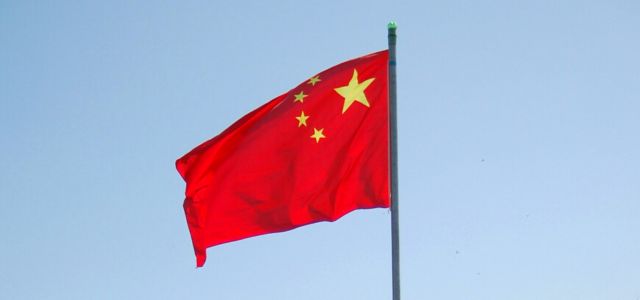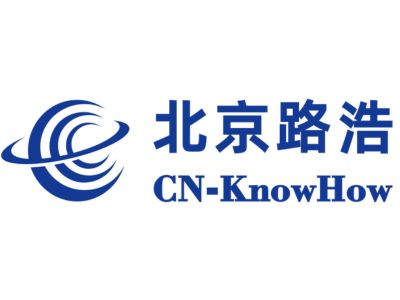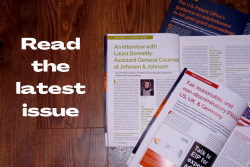The Implementing Regulations and Examination Guidelines came into force in January this year. The new regulations have optimized the previous version in aspects such as application, examination, enforcement, and protection. These optimizations should make applying for patents in China more convenient. This article will briefly summarize some of the notable amendments.
Restoration, addition, and correction of priority
The new regulations specify restoration, addition, and correction of priority. Previously, once the filing date of a Chinese patent application exceeded the priority period, the application could not claim the priority and such priority could not be restored.
Similarly, when an application claimed priority, the applicant was required to declare all claimed priorities at the time of filing the patent application, and no priority claims could be added or corrected after the patent application was filed.
According to the new regulations, the applicant has a two-month period to restore the priority. Similarly, as long as the applicant claimed priority when filing the application – even if the applicant omitted or incorrectly entered a certain priority or certain priorities when filing the patent application – it is possible to request an addition or correction of priority within 16 months from the priority date or within 4 months from the filing date. Thus, even if the priority has been overdue or incorrectly entered due to a mistake, there is still sufficient time for the priority to be restored or corrected.
However, it should be noted that the above priority restoration, addition, and correction provisions apply to inventions and utility models, but not to design patents.
Loss of novelty
The condition for not losing novelty has been relaxed by amending the scope of “academic and technical conferences” from national to include “academic or technical conferences convened by international organizations.” Thus, conferences convened by international organizations such as 3GPP may be included in the scope of conferences to which the grace period for non-loss of novelty applies.
Further, the documents required for applying for the grace period have also been simplified; the applicant is only required to provide documents proving that the invention or creation has been exhibited or published and the date of exhibition or publication. As a result, inventions that previously lost their novelty in China due to early disclosure at international conferences or exhibitions are now eligible for filing in China.
Patent term adjustment and patent term extension
With respect to patent enforcement, the new regulations specify patent term adjustment (PTA) and patent term extension (PTE). The general principle of PTA is basically the same as that of the US, that is, to compensate for unreasonable delays caused by the non-applicant in the process of patent application.
For PTE, it is stipulated for the first time in the regulations that “the term of compensation shall not exceed five years, and the total effective patent term shall not exceed 14 years after the approval of a new drug for marketing.” Further, it also stipulates the conditions for the compensation, the requested documents, and the scope of the “new drug” for which compensation can be applied.
The legislative background is consistent with that of the US and Europe, which is mainly to compensate for the loss of patent protection caused by the excessively long period of marketing approval of originator drugs. Although the PTE Regulations proposed by China are more stringent at the current stage than those in the US and other countries, they are still a good start for applicants in the pharmaceutical field to obtain a higher patent value in China.
15-day postal grace period
In addition to the above provisions, it should be noted that the amendment canceled the 15-day postal time. Thus, applicants and attorneys – as well as their attorneys in China – need more effective docking time to avoid extra costs due to the deadline.
Conclusion
To sum up, the amendments to the Implementing Regulations have largely improved the application and enforcement of patents in China. Other amendments including the supporting regulations after China’s accession to The Hague Agreement, open licenses, and disputes over ownership have not been covered, but have also contributed to the optimization of the regulations.

Written by He Zhao
Partner, CN-KnowHow IP Group
You may also like…
Pravin Anand conferred with the APAA Enduring Impact Award
Pre-eminent IP Lawyer and Managing Partner of Anand and Anand, Mr Pravin Anand, has been conferred with the...
The quiet power of confidentiality clubs in SEP litigation
In standard essential patent (SEP) disputes, especially those involving FRAND (Fair, Reasonable, and...
A $10 million patent win reduced to a $1 lesson in damages
In a decision that will resonate as a stark warning to patent litigants, the US Court of Appeals for the Federal...
Contact us to write for out Newsletter














